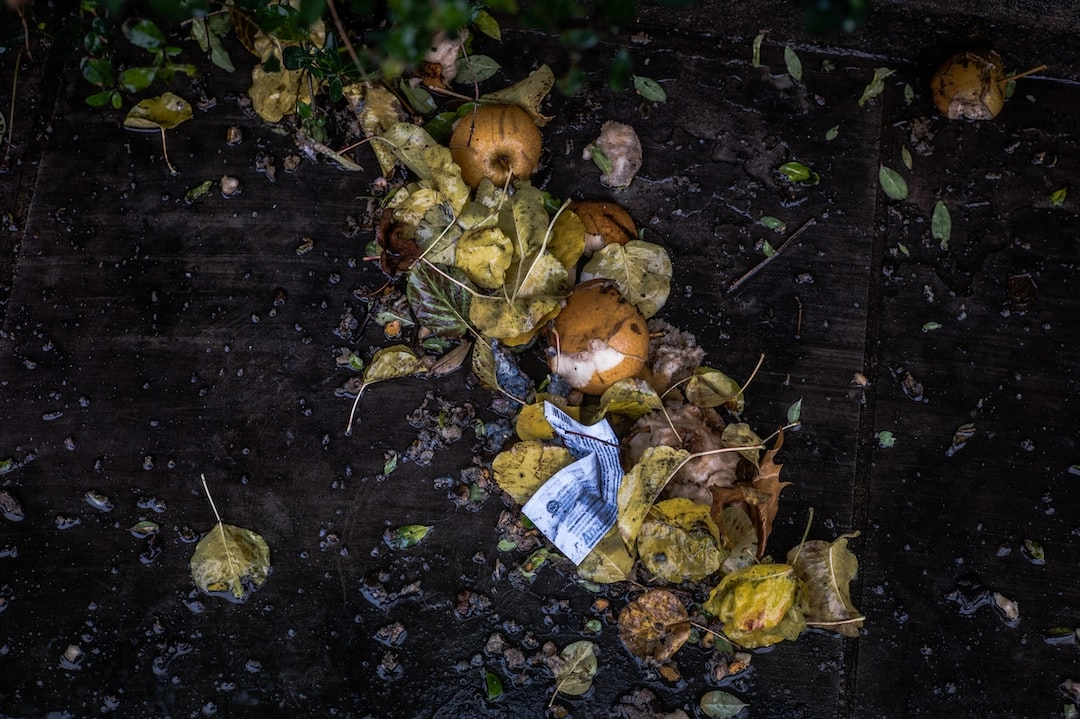
What is Waste-Free Living?
Waste-Free Living is a lifestyle where individuals aim to minimize their waste production and make environmentally conscious choices to reduce their ecological footprint. It involves adopting practices such as recycling, composting, reusing items, and reducing single-use plastic consumption.
Real-World Problems Associated with Waste-Free Living
1. Excessive Waste Generation
One of the main problems in modern society is the generation of excessive waste. Landfills are overflowing with trash, and there is a lack of proper waste management systems in many areas. Waste-Free Living aims to address this issue by encouraging individuals to minimize waste production at the source.
2. Pollution and Environmental Degradation
Waste, especially plastic waste, is a major contributor to pollution and environmental degradation. Plastics end up in oceans and waterways, harming marine life and ecosystems. Waste-Free Living promotes the use of alternative, sustainable materials to reduce plastic pollution and minimize environmental damage.
3. Resource Depletion
The overconsumption and disposal of goods contribute to the depletion of natural resources. By adopting Waste-Free Living practices, individuals can reduce the demand for new materials and promote resource conservation. This can help preserve finite resources such as timber, water, and fossil fuels.
4. Energy Consumption and Climate Change
The production, transportation, and disposal of waste require significant energy inputs and contribute to greenhouse gas emissions. Waste-Free Living focuses on reducing waste through mindful consumption, which, in turn, reduces the energy consumption and carbon emissions associated with the production and disposal of goods.
5. Health Impacts
Improper waste disposal can pose health risks to humans and wildlife. Waste-Free Living promotes responsible waste management practices to prevent exposure to hazardous materials and minimize the risk of contamination of air, soil, and water sources.
In Conclusion
Waste-Free Living is an approach that addresses the real-world problems of excessive waste generation, pollution, resource depletion, energy consumption, climate change, and associated health impacts. By adopting waste-reducing practices, individuals can play an active role in creating a sustainable and healthier future for our planet.

Solutions for Waste-Free Living
1. Reduce, Reuse, Recycle: Adopt the mantra of reducing waste at the source by purchasing only what is necessary, reusing items as much as possible, and recycling materials that can be recycled.
2. Composting: Implement a composting system to turn organic waste into nutrient-rich soil for gardening.
3. Switch to Sustainable Materials: Replace single-use plastics with sustainable alternatives, such as reusable bags, stainless steel water bottles, and biodegradable or compostable packaging.
4. Mindful Consumption: Before purchasing new items, consider the need and longevity of the product. Opt for durable, long-lasting goods and support companies that prioritize sustainability.
5. Educate and Spread Awareness: Share knowledge and experiences about Waste-Free Living with others to inspire change and encourage collective action.
6. Advocate for Change: Support and engage with organizations and policymakers who are working towards waste reduction and sustainable solutions.
7. Support Local Initiatives: Get involved in local waste management programs, community gardens, and recycling centers to actively participate in waste reduction efforts.
8. Continual Improvement: Strive for progress, not perfection. Embrace the challenges and learn from experiences to continuously improve waste reduction practices.
In Conclusion
Waste-Free Living offers practical solutions for individuals to reduce waste, protect the environment, and contribute to a sustainable future. By implementing these solutions in our daily lives, we can make a significant impact on addressing the environmental problems associated with waste.















